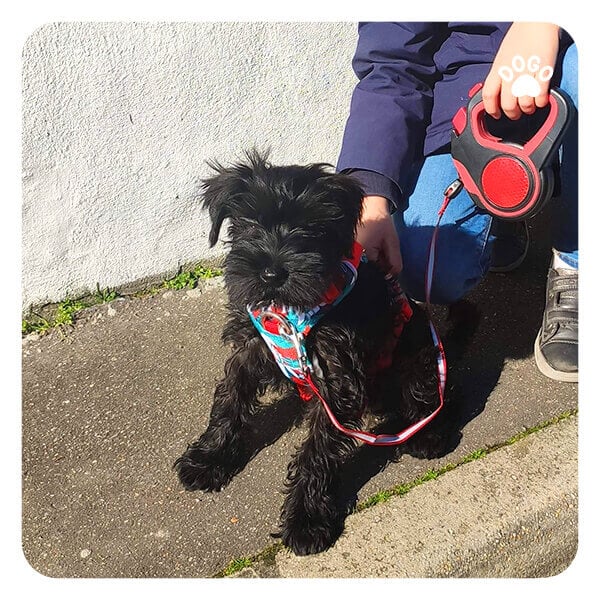
The first step in leash training your puppy is to get them accustomed to wearing a collar or harness. It’s important to choose the right size and fit to ensure your puppy is comfortable and secure. Introduce the collar or harness gradually, allowing your puppy to sniff and investigate it before putting it on. This process can help reduce any anxiety or resistance your puppy may have towards wearing a leash.
Once your puppy is comfortable with the collar or harness, it’s time to introduce the leash. Start by allowing your puppy to drag the leash around the house under supervision. This helps them get used to the sensation of having something trailing behind them. Make sure to praise and reward your puppy for showing positive behavior around the leash. This positive reinforcement can create a positive association with the leash and make the training process smoother.
Next, begin short training sessions where you hold the leash while your puppy walks around inside. Use treats or toys to encourage your puppy to walk alongside you. Remember to keep the leash loose and avoid pulling or tugging. It’s important to be patient during this process, as puppies may initially resist or become easily distracted. Consistency and gentle guidance are key to helping them understand what is expected of them.
As your puppy becomes more comfortable walking indoors, it’s time to transition to outdoor leash training. Start in a quiet, familiar environment to minimize distractions. Encourage your puppy to walk beside you, using treats and positive reinforcement to keep them engaged. Keep the leash loose and allow your puppy to explore within a safe radius. Gradually increase the length of your walks as your puppy becomes more confident and responsive to your commands.
During outdoor training, it’s crucial to remain patient and calm, even if your puppy becomes distracted or pulls on the leash. Avoid yanking or jerking the leash, as this can create a negative experience for your puppy. Instead, use gentle verbal cues and rewards to guide them back to your side. Remember that leash training is a learning process for both you and your puppy, and it’s okay to progress at a pace that is comfortable for both of you.
Consistency is key when it comes to leash training. Establish a regular walking routine to reinforce positive behavior and build your puppy’s confidence. Over time, your puppy will learn to associate the leash with enjoyable walks and quality time spent with you. By remaining patient, positive, and consistent, you can help your puppy become a well-behaved and leash-trained companion.
In conclusion, leash training a puppy requires patience, consistency, and positive reinforcement. By taking the time to gradually introduce your puppy to the collar, leash, and outdoor environment, you can set the foundation for enjoyable walks and adventures together. Remember that every puppy learns at their own pace, and it’s important to celebrate progress, no matter how small. With dedication and understanding, you can help your puppy become a confident and well-mannered walking partner.[/fusion_text]

